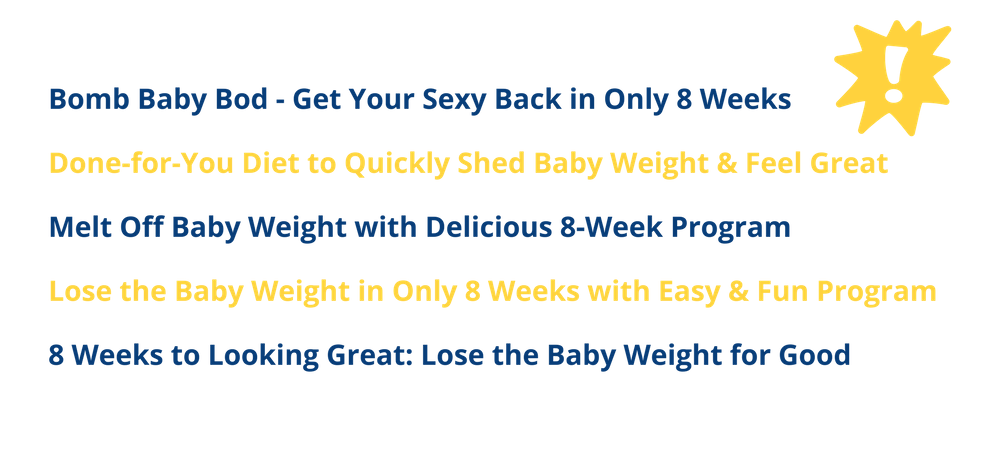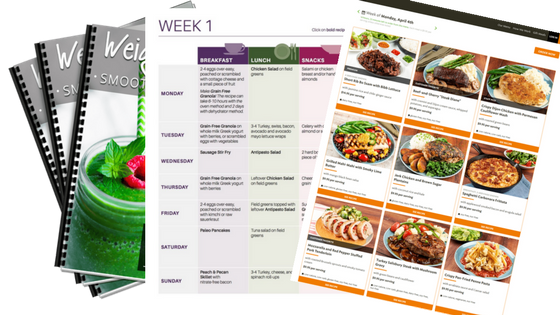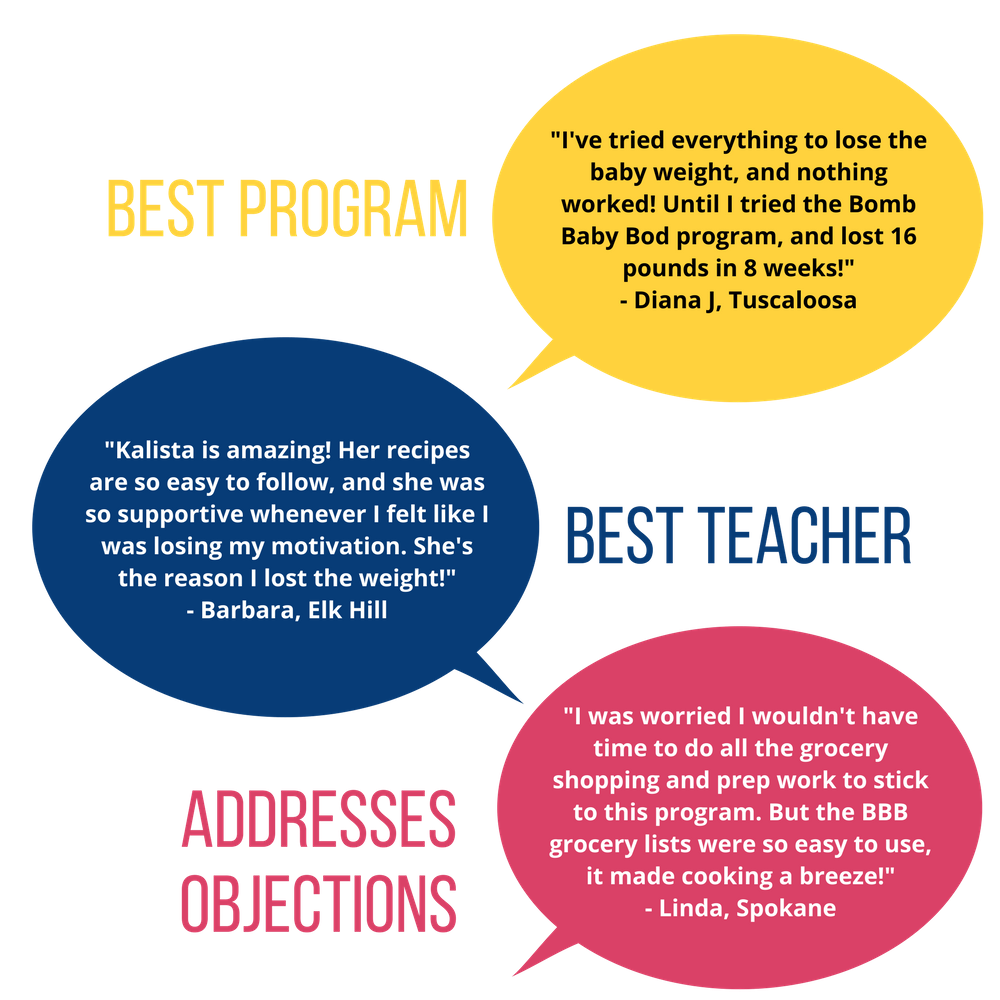8 Tips to Write Sales Page Copy That Converts

So, you’ve got a product or service you want to sell online?
That’s awesome!
But unless you’re Elon Musk and you already have hundreds of thousands of crazed fans willing to drop money on a boring product without any promotion, you’ve got some work to do to convince people that your product or service is the next best thing.
So, what the heck is a sales page?
A sales page combines engaging copy with intriguing images in order to answer potential customers’ questions and entice them to buy your product or service.
And unless you’re a celebrity, you will most likely need to convince the masses that your product or service can solve their problems.
Here’s how…
#1 Construct an Emotional Headline
Professional copywriters are pros at using words with that elicit an emotional response.
Excitement, urgency, longing, curiosity and even anger can spur a desired reaction (if you’ve ever been click-baited by Buzzfeed, you know what I’m talking about).
 Writing an emotional headline sounds good in theory, but how exactly do you put that into practice? Just follow these three easy steps.
Writing an emotional headline sounds good in theory, but how exactly do you put that into practice? Just follow these three easy steps.
Step 1: Think of your potential customer.
What are they currently feeling?
Let’s say you’re a dietician named Kalista, and you’re selling an 8-week diet program called the Bomb Baby Bod that helps new moms eat healthier and lose the baby weight quickly and easily.
Your potential customer—a new mom—how does she currently feel?

Is she cranky from being up every three hours to feed the baby? Has she even had a solid night’s rest since her second trimester?
Is she frustrated that her husband is gone at work all day but still expects her to whip up a home-cooked meal every night?
Is she terrified that this new flabby tummy is her new normal, and the flat waistband of her 20s is gone for good?
Does she feel guilty that she doesn’t have time to cook, and clean, and do all the things she used to do for her family before she became a 24/7 milk factory?
Step 2: Think of your product.
What problem is it solving for your potential customer?
Let’s stick with the new mom example. What are some of her current problems?

She lacks time to spend hours in the grocery store picking out the perfect organic vegetables and planning her family’s meals for the week.
She’s probably trying to save money now that she has another mouth to feed (let’s not even get started on the college fund she has to start).
She’s so focused on keeping this new miniature human alive that she can’t spare a nano-second of brain power trying to figure out what to eat herself, let alone how to feed the other people in the house.
Step 3: Think of the outcome.
How do you want your customers to feel after using your product or service?
You want that new mom to feel relieved that she can eat healthy food without putting in a lot of effort.
You want her to feel empowered that she’s taking the time to make herself and family healthy, delicious meals.
 You want her to feel confident in her sexy mom bod after using your program.
You want her to feel confident in her sexy mom bod after using your program.
You want her to be stress-free knowing that dinner preparation is taken care of, and her only worry is that her baby is getting enough tummy time.
Step 4: Timebox It
“Timeboxing” is a (semi-annoying) project management term meaning “to put time constraints on an action.”
Humans want results fast. And it’s proven that adding a sense of urgency to your headline can get even better results.
Think about how stoked that new mom would be if you could get her back into her skinny jeans in only 8 weeks!
This timeboxing gives your potential client distinct parameters for the desired result.
Obviously, this is only relevant for certain products and services. Unless, of course, the t-shirt you’re selling can “make your client cooler in only 1 wear.”
Here are a few sample headlines using the above parameters.

If you’re worried your headline is a little too flat, you can test its emotional effectiveness using this free Headline Analyzer tool.
#2 Draft Benefit Bullets
When selling any product, you always want to tune into WIIFM.
 No, that’s not a real radio station (at least that I'm aware of). It stands for, “What’s In It For Me.”
No, that’s not a real radio station (at least that I'm aware of). It stands for, “What’s In It For Me.”
It doesn’t matter if you’re selling the best damn product or service, if someone doesn’t know “what’s in it for them,” they won’t buy it. Period.
We use bullet points to quickly list out all of the main benefits of the product or service you’re selling to your potential customer.
Now, you can’t just list things like:
- Awesome colors
- Super cool design
- Seriously, it’s rad
Your bullet points have to actually talk about what problems your product or service solves.
Here are some examples our dietician could use for her new mom diet program:
- Easy-to-follow recipes that anyone can make
- Pre-printed shopping lists make grocery shopping a breeze
- No weird ingredients - everything can be found at any major supermarket
- Simple substitutions for vegan, vegetarian & gluten-free diets
- Scalable recipes feed from 1-4 adults
- Recipes designed to keep you full and satisfied
- Bonus snack recommendations too!
#3 Include Convincing Statistics
If you’ve ever worked in an office setting, you know there are certain types of people who just love data.
They usually have their heads buried in Excel spreadsheets or line graphs, and they won’t make a move without seeing the numbers first.
This section is for them.
 There are many types of statistics you can include in this section of your sales page. It is incredibly dependent on what it is you’re selling, how long you’ve been in business, and a few other factors.
There are many types of statistics you can include in this section of your sales page. It is incredibly dependent on what it is you’re selling, how long you’ve been in business, and a few other factors.
For simplicity, let’s talk about Kalista and what she could use here to support her Bomb Baby Bod program.
If she has been in business for awhile, the best type of data to use is customer data.
Real-life results from previous clients provide excellent proof that your system works.
(We’ll talk more about getting actual quotes from those happy customers in a later section.)
She could also use statistical data showing that healthier people make better parents, or healthier people have happier marriages or home lives, the list goes on.
If you're finding data from outside of your own program, make sure you're pulling it from reputable, scientific sources (and citing them where needed).
#4 Introduce Yourself
I know it seems counterintuitive to include an “About Me” section this far down the page.
Your ego thinks it should be right at the beginning, shouting, “Hey, trust me! I’m the expert!”
But your potential customers honestly don’t care (sorry, ego).
Your Bachelor of Arts in Basket Weaving is much less important to them than the results they're going to get after using your program.
However, if your potential customer makes it this far down the page, that means they’re still on the fence about purchasing. So here is where you convince them that you truly are the best at what you do and that is why you can get them results.

Some important things to include in this section:
- 3-5 relevant facts about your background
- Your hero story (rags to riches)
- Success metrics
Talk about your background as it’s relevant to the product or service you’re selling.
Did you work as an accounting clerk for 5 years before you became a dietician? Not relevant.
Did you personally lose 60 pounds post-pregnancy following the exact diet you’re now selling? Highly relevant.
Have you helped 150 women lose weight after giving birth? You go, girl!
Again, these people are here to buy, not become your best friend. Brevity is key in this section.
#5 Tell Them What They Get
You’ve already touched on the main benefits in your bulleted section above, but this section is for those detail-oriented folks who want to know exactly what they’re paying for.
This is the meat and potatoes of your entire sales page, and can make or break your conversion rate.
Don’t skimp on this section. Be very detailed, and include a lot of visuals.

Let’s say Kalista's Bomb Baby Bod program includes 8 weeks of menu plans.
This section of her sales page should show examples of the program’s 56 dinner recipe cards and 8 weekly shopping lists.
She should also include any additional checklists, workbooks, digital downloads, member site screenshots and additional support materials that will help a new mom make it through her diet plan successfully.
Remember, it’s important to show and tell in this section.
Use real screenshots of your products and services, then point out the benefits of each piece of you’re offering. That way, your customers will feel comfortable as soon as they receive your products, because they have already seen a glimpse of the real thing.
#6 Use Customer Testimonials
Humans, by nature, tend to trust the word-of-mouth recommendation of friends and family over advertisements.
Makes sense, right?
If your cousin just lost a ton of weight on a diet program called the Bomb Baby Bod, you're more likely to buy that over another program because you've seen the results first-hand and you trust your cousin over some ad you've seen on Facebook.
Including customer testimonials sends a huge social signal to potential customers that you are someone they can trust.
“People like me have achieved results with this program… That means I can too!”
Successful customer testimonials should achieve these three things:
- Explain why your program is proven to get results
- Explain why you’re the best person to get them results
- Address common objections why people may not purchase
Below are examples of each type of customer testimonial for our new mom baby weight loss program.

#7 Answer Frequently Asked Questions
If your potential buyer has made it this far down the page, they may still have some questions.
This is the perfect time to put in a FAQ section to address these outstanding concerns.
If you’re not sure what kinds of questions your potential customers might still have, just hop over to Facebook or Google and look for groups or forums where the problem you’re trying to solve is being talked about.
These two places are a hotbed of information (and potential clients).
For example, as a new mom looking to lose weight, these might be some of my questions:
- How much weight can I expect to lose per week?
- What if my husband doesn’t like a certain ingredient? Can I swap them out?
- What if I’m not a good cook? Are these recipes for beginners?
- How much money should I budget for my weekly grocery runs?
- Do I have to stick exactly to the meal plan for it to work?
- How long will it take for me to get back to my ideal weight?
- Do I get other support or am I own my own to make it through the program?
- If it doesn’t work, can I have a refund?
The FAQs are a great place to address concerns and potential objections to purchase.
#8 Who It Is For (and Who It Is NOT For)
This section is to weed out the lookyloos, the people still on the fence, and those people who like the thrill of the purchase but have zero intention of follow through.
Here’s how you break these two sections down.
Step 1: Who It’s For
In bullet points, quickly describe the personality attributes and the desired results of your potential customer.
The Bomb Baby Bod is for women who:
- Just had a baby and want to clean up their diet
- Have struggled to lose the baby weight in the past but know that with a good step-by-step program, they can succeed
- Need help planning healthy meals for their family
- Need easy-to-follow recipe plans and shopping lists
- Want a done-for-you system guaranteed to take the weight off for good
- An affordable way to feed their family nutritious foods
Step 2: Who It Isn’t For
This section can read harshly, so watch your verbiage here. Don’t use this section as an excuse to bully those people not ready (or fit) to buy your program.
The Bomb Baby Bod is NOT for:
- Women who refuse to give up unhealthy habits for a minimum of 8 weeks
- Women who won’t commit to following a step-by-step system
- Women who don’t believe that their body can see results
- Women who can’t afford to spend at least 1 hour grocery shopping each week
Clearly defining these two sections will encourage your perfect customers to buy, and discourage refunds in the future.
Have any additional tips to add to create a killer sales page? I'd love to hear them in the comments!